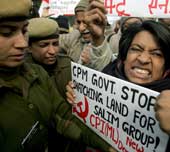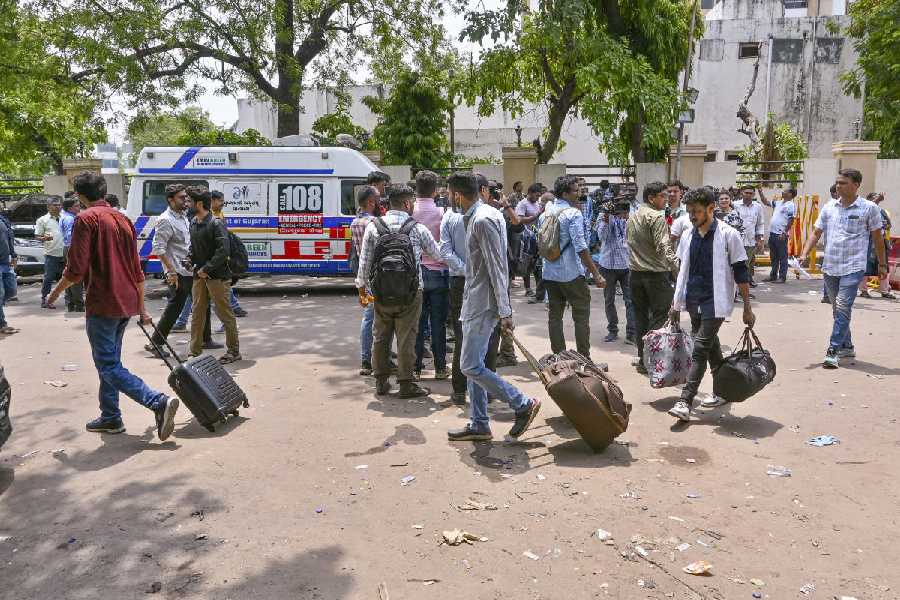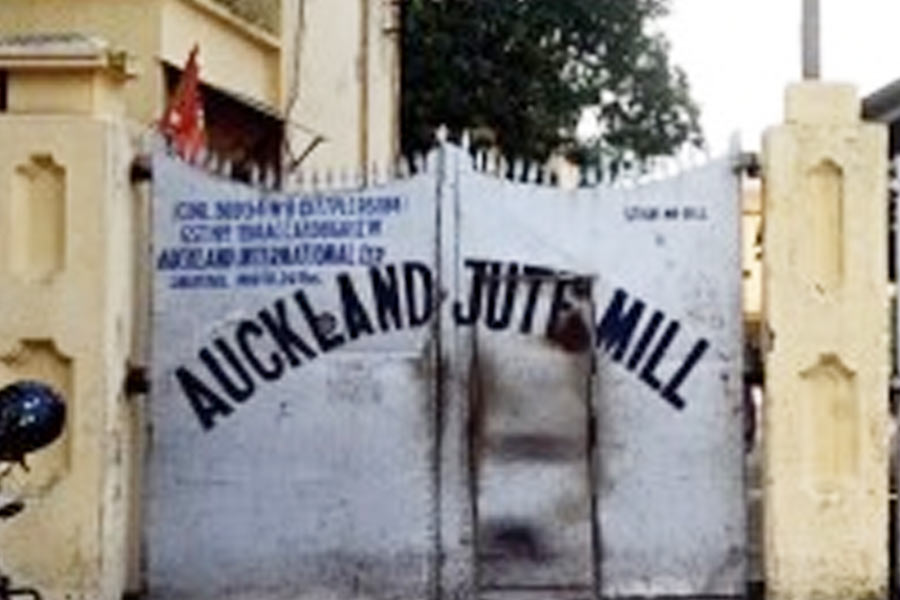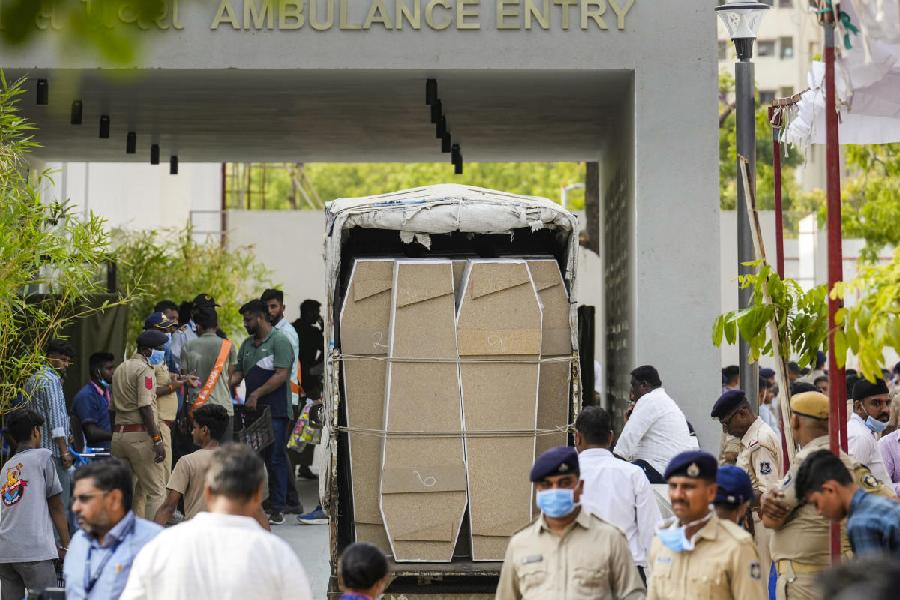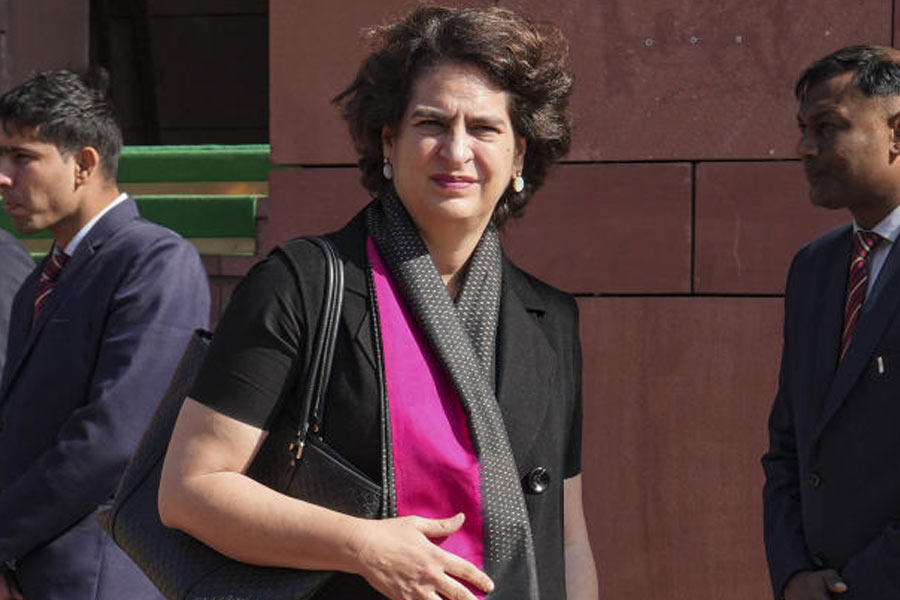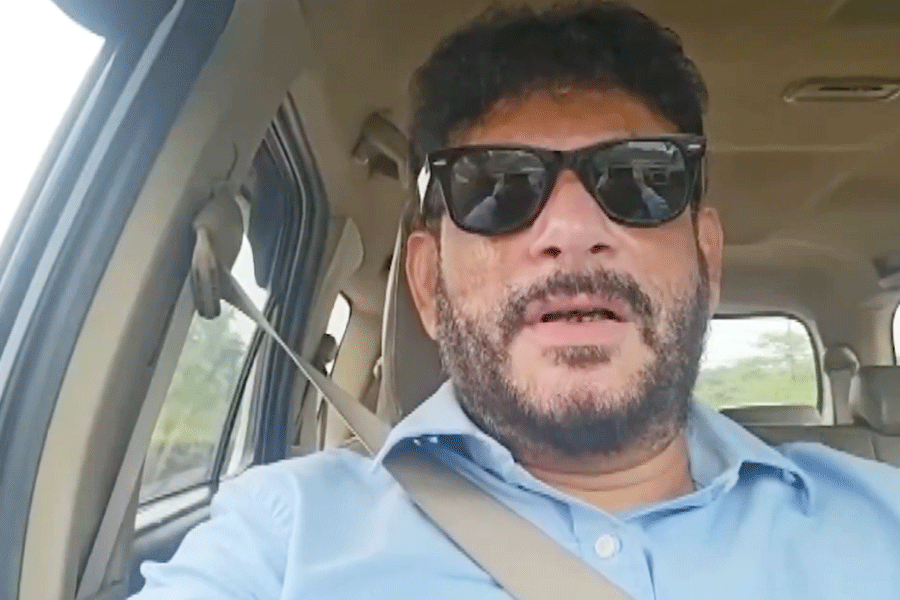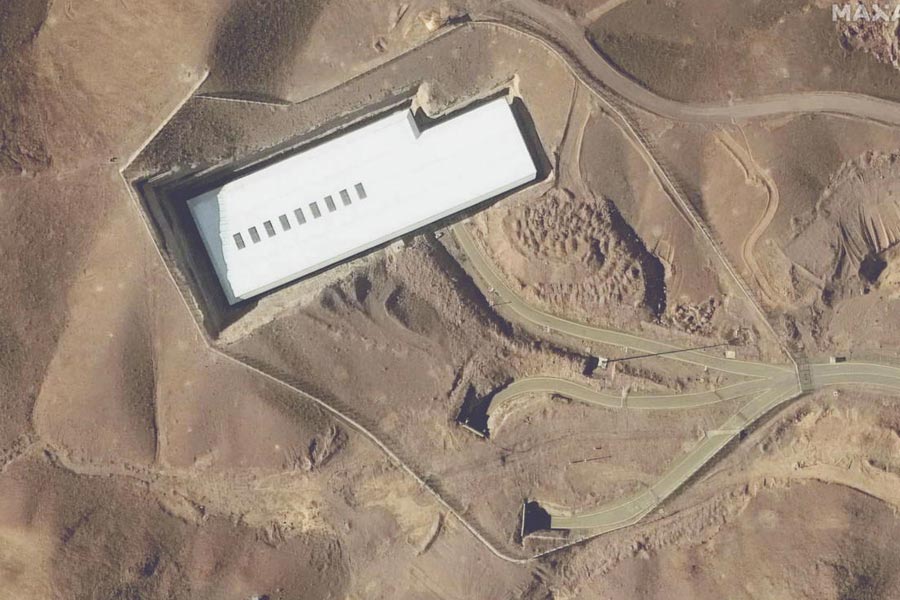|
|
| One line is enough |
Unlike economists and sociologists, who usually write for their peers, historians have sought to reach a wider audience. This is especially so in the United Kingdom, where historians have long seen themselves as writers first and academics second. In the 19th century, the most honoured historians were based outside the academy; notably, Edward Gibbon, Thomas Babington Macaulay and Thomas Carlyle. In the 20th century, scholarship became more institutionalized, but some of the best known historians remained on the fringes of university life. G.M. Trevelyan and E.P. Thompson both spent long periods as freelance writers; although both briefly held university jobs, that was not when their finest books were written. Even those who held regular academic positions wrote for a general public; consider only the names of Hugh Trevor Roper and A.J.P. Taylor.
This trend has continued down to the present. David Cannadine, Simon Schama and Niall Ferguson are only three of the many fine British historians who write regularly for newspapers and magazines. And the last two have ventured beyond the printed word; into the less certain, but far more lucrative, world of television. There are now acclaimed ?tele-historians? in the UK just as there are acclaimed (and notorious) ?tele-evangelists? in the United States of America. In that little island, history is massively popular on the idiot box. Recently, as many as eighteen history programmes were running on primetime in the five major channels. Their combined viewership went into the tens of millions.
The problems and possibilities of tele-history are discussed in a new book called History and the Media, edited by David Cannadine and published by Palgrave. Among its contributors are the historians who have advised or anchored the most popular programmes, as well as the producers who produced them. Some pieces are autobiographical, others more analytical.
In the UK, tele-history made its mark with two spectacularly successful programmes on the world wars, the first introduced by Sir Michael Redgrave, the second by Sir Lawrence Olivier. ?Why is so much television history about war?? asks Roger Smither. His answer instances the availability of archival footage and of survivors? testimonies, but skates over one very important reason ? namely, that the wars were won by the countries in which these programmes were made and, more importantly, viewed. Naturally, one would expect programmes on the first and second world wars to be popular in the UK and the US.
Academics typically denounce TV history on the grounds that (to quote Tristram Hunt) the ?demand for drama, spectacle and ?ground-breaking? discoveries inevitably overrides subtlety and scholarship?. As the great historian of the Nazis, Ian Kershaw, points out, history programmes on television do rest on a simple, straight narrative line. TV history is ?far more directive? than scholarly history, which raises problems of interpretation and invites disagreements. However, the practices of the academic seminar-room will not do for the public, since ?problems of interpretation tend to muddy the waters, and to leave the viewer confused?.
Hard-boiled academics may see TV history as a ?dumbing down?, but from another viewpoint it is a ?lifting-up?, a source of education and stimulation for viewers satiated by, and looking for an escape from, serials and game shows. For all its problems, tele-history allows one to break out of the ?narrowness and introversion of specialist history?. Speaking for the UK (and perhaps also for the US), Kershaw observes that ?history on television is here to stay. If historians do not help to mould and influence it, others will.?
Based on his own wide experience in print and television, the war historian, Max Hastings, posits an inverse relationship between the reach of a medium and the penetration of its content. He argues that those who see TV rarely take in much of what they see. Penetration is better in print, where, so claims Hastings, about a third of the readership might attentively read a serious article or feature. Books are the most satisying from this point of view, since those who buy them usually read them. Like Kershaw, Hastings is aware of the problems with TV history; but like him, he sees also its enormous possibilities in a democratic age. As he writes: ?If more academic historians could overcome an instinctive disdain for the media, and for the compromises that are inescapable in working with it, they would do great service to their own trade as well as to their bank balances.?
Kershaw and Hastings are persuasive, but it must be said that this book also offers ammunition to the other side. The least impressive piece is by Simon Schama ? a random collection of quotes and jokes, a narrative marked by a complete lack of coherence. Is this what television can do to a first-rate historian? And there is also the example of Niall Ferguson, whose successful series on the British and American empires have given him the idea that he cannot just study empires, but also advise them, in a clear transgression of the code of the historian, who has a mandate to document and interpret, not to prescribe.
Reading History and the Media prompts one to reflect on what historians in our country have, or have not, done to take their findings to a wider public. In theory, the possibilities are immense. For the history of this country is richer and more fascinating than that of the UK or the US. It is peopled with unusual characters, and peppered with controversial incidents. Surely these can be written about in ways that appeal to the general public?
In some parts of India, they have, indeed. Bengal is perhaps a leader in this regard, with historians such as the late Ashin Dasgupta and Gautam Bhadra writing essays in Bangla for popular periodicals and magazines. Across the country, there is the example of Sadanand More, whose historical writings in Sakal are read by hundreds of thousands of ordinary Maharashtrians. Still, more could be done, much more. For most academic historians in India are content to write for their peers, losing themselves in jargon in the process.
The picture when it comes to television is more dismal still. If you add, to the characters and incidents, the diversity of our natural heritage and the richness of our built one, then Indian history seems tailor-made for television. Yet one is hard-put to name a single historical programme well-made or well-received. The programmes that exist on Gandhi, Partition and the Nehru-Gandhi dynasty were made not by Indian channels but by the British Broadcasting Corporation. This is partly the fault of our historians, who have not written books interesting enough for a producer to want to film them. It is also the fault of our media, which has so comprehensively embraced the cult of glamour and celebrity. When there are no serious documentaries on matters of compelling contemporary interest, why would we expect Indian television to give us decent history?
Indian historians are, for the most part, too insular and timid to take history to the people. Indian media is too vulgar to do so. And there is yet a third problem, that in India, history is most contentious, productive not just of intellectual argument but also of sectarian violence. If heads can be broken and libraries burnt on account of a single line in a book about Shivaji, can one imagine the reaction to a series on television about the Mughals? Or a series about the national movement? How would we accommodate, in one straight, simple narrative, the viewpoints and contributions of Gandhi, Ambedkar, Bhagat Singh, Nehru, Bose, Jinnah and Savarkar? These men argued among themselves in their lifetime, and their followers fight their battle more fiercely now. How to make a programme that is appealing and attractive, and yet won?t spark a hundred processions and a dozen bloody riots? Rather than confront the question, it seems more prudent to duck it.

